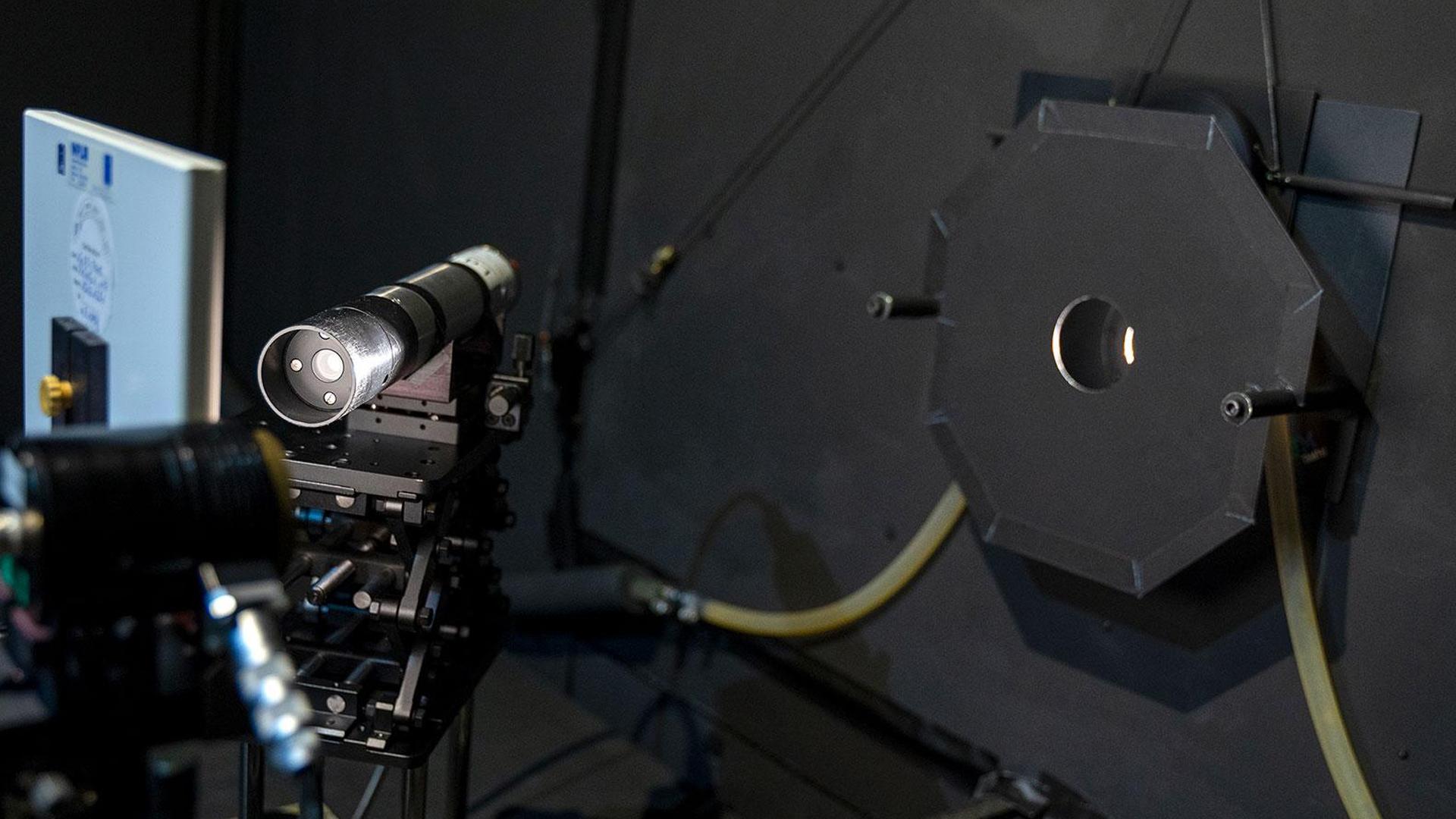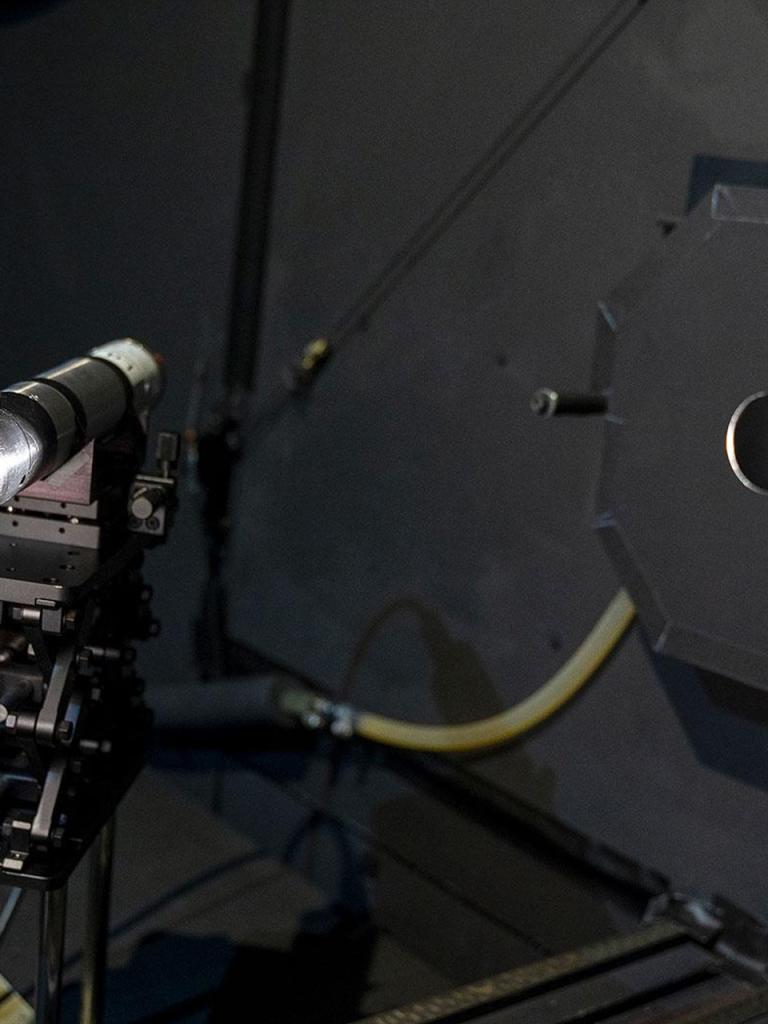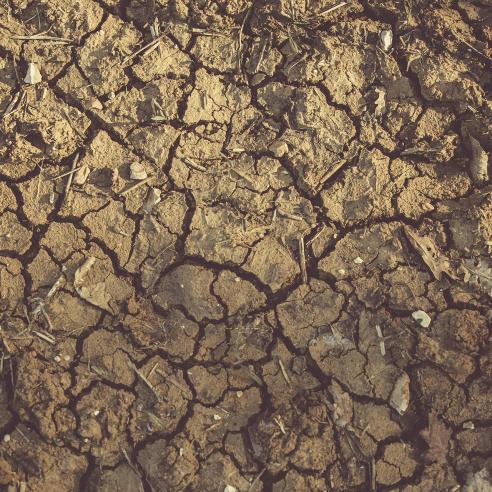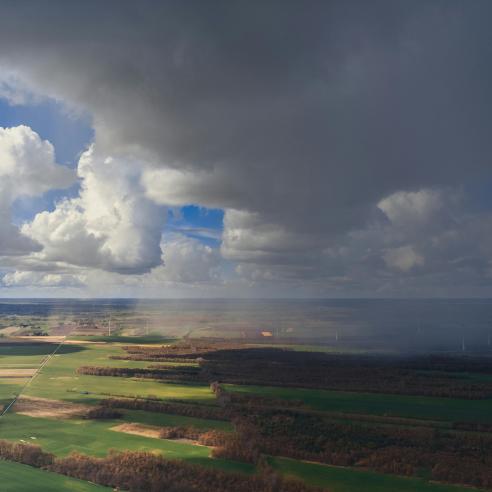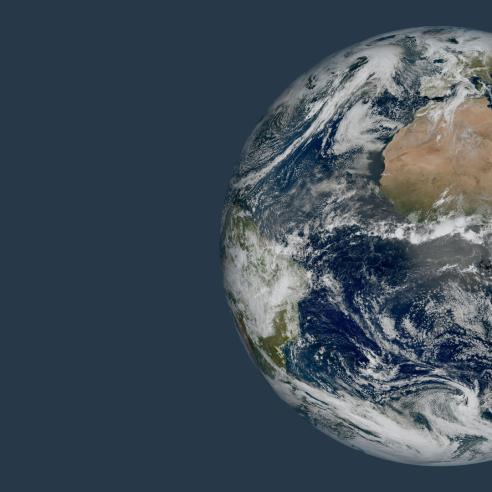06 August 2025
24 April 2024
EUMETSAT does this in a number of ways, including by using the Mission Integrated Calibration Monitoring and Inter-Calibration System (MICMICS), a single interface that makes it possible to access a wide variety of calibration tools quickly and easily.
EUMETSAT supports calibration and validation studies with observations provided by the Metop, Meteosat, and Copernicus Sentinel-3 satellites.
These satellites provide observations on clouds, lightning, dust plumes and more that are used to calibrate and validate instruments.
Keeping measurements accurate
To continually improve the quality of the observations we provide and to respond to user needs, EUMETSAT organises scientific studies.
Studies on calibration and validation aim to increase the accuracy of the existing operational products, to ensure the accuracy of new products, and to prepare for data from planned missions such as CO2M.
All calibration and validation studies are listed below and are grouped by satellite.
Experts at EUMETSAT use these observations in scientific studies with the goal of creating improved products that best meet the evolving needs of meteorologists, climate researchers, and others who contribute to weather, climate, and environmental monitoring.
